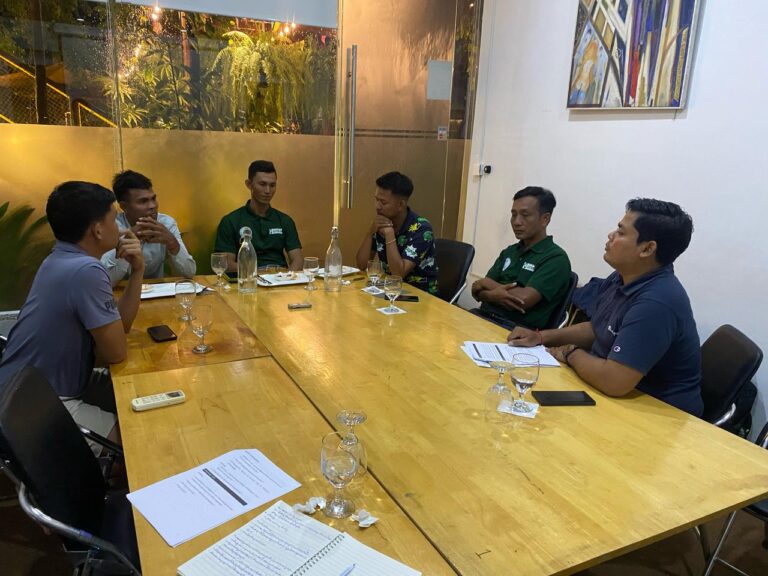A Focus Group Discussion (FGD) is a qualitative research method used to gather in-depth insights and opinions from a selected group of individuals about a specific topic, product, service, or idea. It is commonly used in market research, social science, healthcare, education, and public policy development.
🔍 Key Features of Focus Group Discussions
- Group Size
Typically consists of 6 to 10 participants to allow rich interaction while being manageable. - Moderated Session
A trained moderator facilitates the discussion, guiding it with open-ended questions but allowing natural conversation to develop. - Focused Topic
The discussion centers on a specific issue, product, or idea, allowing for deep exploration of participants’ thoughts and feelings. - Interaction-Based
The dynamic is interactive—participants respond not only to the moderator but also to each other, which can uncover deeper insights. - Duration
Sessions usually last 90 to 180 minutes.



🛠️ Components of an FGD
| Component | Description |
| Moderator | Guides the discussion, probes for more information, ensures balanced participation. |
| Participants | Selected based on shared characteristics relevant to the study (e.g., age, profession). |
| Discussion Guide | A structured set of open-ended questions to steer the conversation. |
| Recording Tools | Audio/video recording, note-taking, or transcription for later analysis. |
| Live Stream | Zoom meeting will be used to clients observation with simultaneously translation from Khmer to English/Thai/Vietnamese… |
| Setting | Neutral and comfortable environment to encourage open conversation. |
✅ Advantages
- Rich, detailed data on attitudes, beliefs, and motivations.
- Exploratory power to uncover new ideas or themes.
- Cost-effective compared to large-scale surveys.
- Allows for immediate clarification and follow-up questions.
📊 After the FGD: Analysis
- Transcribe the recordings.
- Identify key themes, patterns, and quotations.
- Use thematic analysis or content analysis.
- Summarize findings and link them to your research questions.
